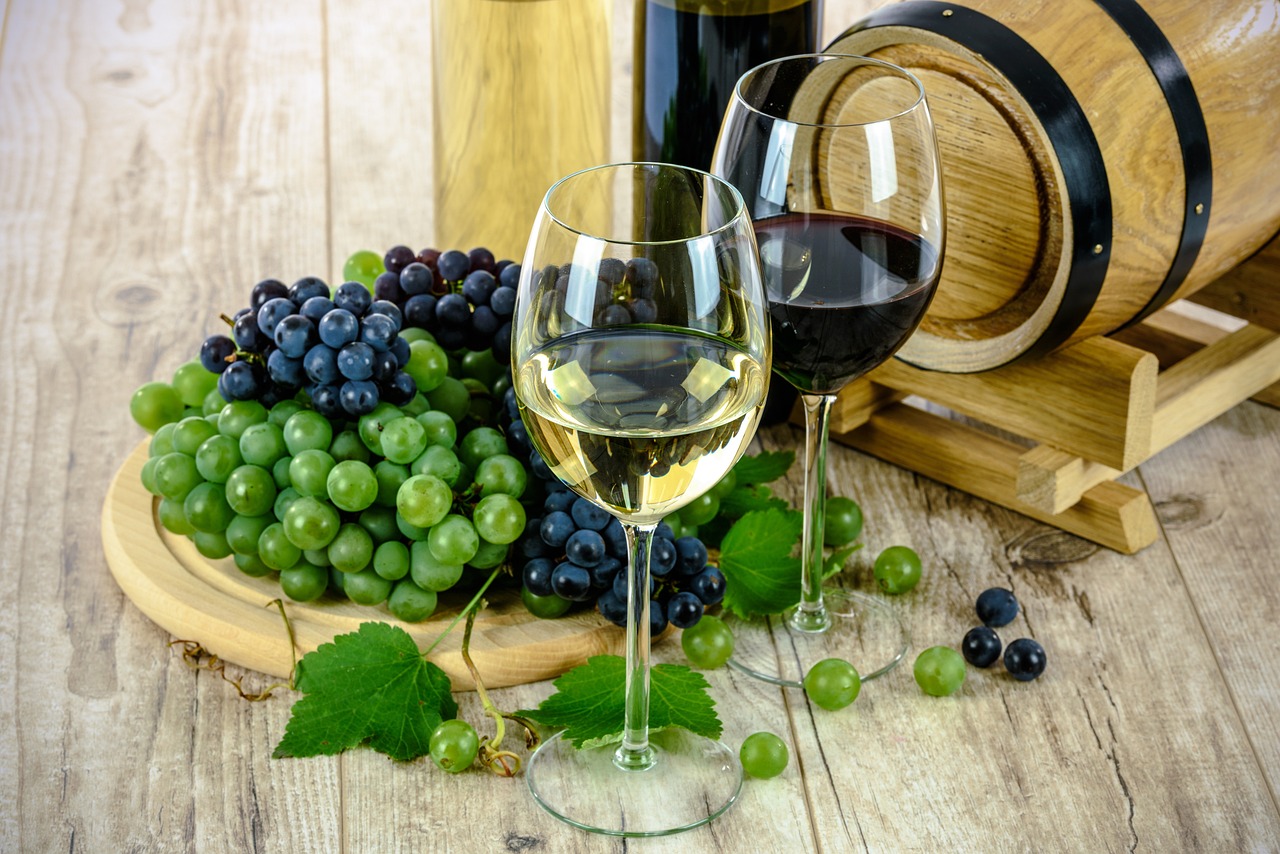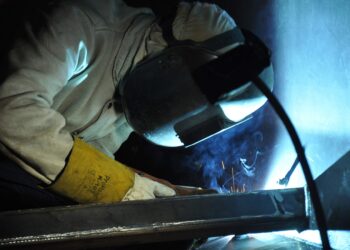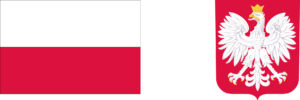
Hungary’s wine renaissance is a tale of revival and innovation, a narrative where the nation’s rich viticultural heritage is being reinvigorated with new world techniques and sensibilities. Known historically for its sweet Tokaji wines, Hungary is now gaining acclaim for a broader spectrum of varietals, showcasing the versatility and richness of its terroirs.
The roots of Hungarian viticulture stretch back centuries, with a tradition steeped in the cultivation of unique grape varieties and wine-making techniques. The Tokaji wine region, a UNESCO World Heritage site, is emblematic of this heritage. It’s here that the world-renowned Tokaji Aszú, a sweet wine favored by historical figures like Louis XIV and Catherine the Great, originates. However, Hungary’s contemporary wine story extends far beyond these sweet offerings.
In recent years, Hungarian winemakers have embarked on a journey to redefine the country’s wine profile. Embracing both the indigenous grapes and international varieties, they are crafting wines that reflect a blend of traditional methods and modern innovation. Wineries across regions such as Eger, Somló, and Villány are experimenting with new fermentation techniques, ageing processes, and sustainable practices, contributing to the diversity and quality of Hungarian wine.
Eger, known for its robust reds, especially the famed 'Bull’s Blood’ (Egri Bikavér), is a testament to this transformation. Here, winemakers are reinterpreting this traditional blend with a focus on quality and terroir-expression, moving away from its mass-produced past. The result is a more sophisticated and nuanced wine that is gaining international recognition.
Villány, in the south, is earning a reputation for its high-quality red wines, particularly from international grape varieties like Cabernet Franc. The region’s winemakers are utilizing the area’s unique microclimate and soil composition to produce wines with depth and complexity, rivalling those from more established wine regions globally.
The white wines from Somló, Hungary’s smallest wine region, are also gaining acclaim. The volcanic soils of this area impart a distinct minerality to its wines, particularly the Juhfark variety, which is almost exclusively grown here. These wines, with their unique character and story, are captivating the palates of wine enthusiasts around the world.
Hungary’s wine renaissance is also being driven by a new generation of winemakers. Educated in some of the world’s best wine schools and bringing experience from abroad, these young vintners are infusing creativity and innovation into the country’s wine-making traditions. They are not only improving wine quality but are also engaging in savvy marketing, helping to put Hungarian wines on the global map.
Moreover, wine tourism is burgeoning in Hungary. The country’s picturesque wine regions, rich in history and culture, are attracting tourists seeking an immersive gastronomic experience. Wine festivals, tasting tours, and cellar visits offer visitors a glimpse into Hungary’s wine-making heritage and its modern-day renaissance.
In conclusion, Hungary’s wine renaissance is a blend of respect for tradition and a bold embrace of innovation. From the storied vineyards of Tokaji to the dynamic wine regions of Eger and Villány, Hungary is redefining its wine narrative, bridging old world vines with new world sensibilities. This renaissance is not just about producing quality wines; it’s about reinventing a national identity, one that celebrates Hungary’s unique place in the world of wine.






